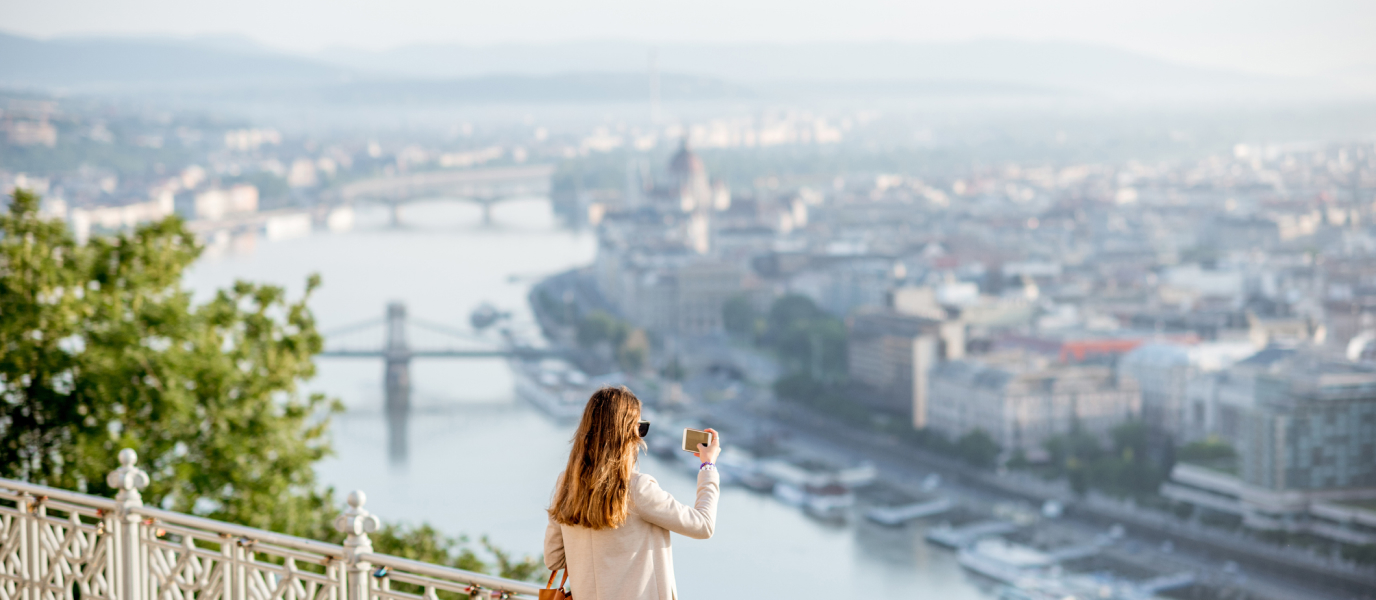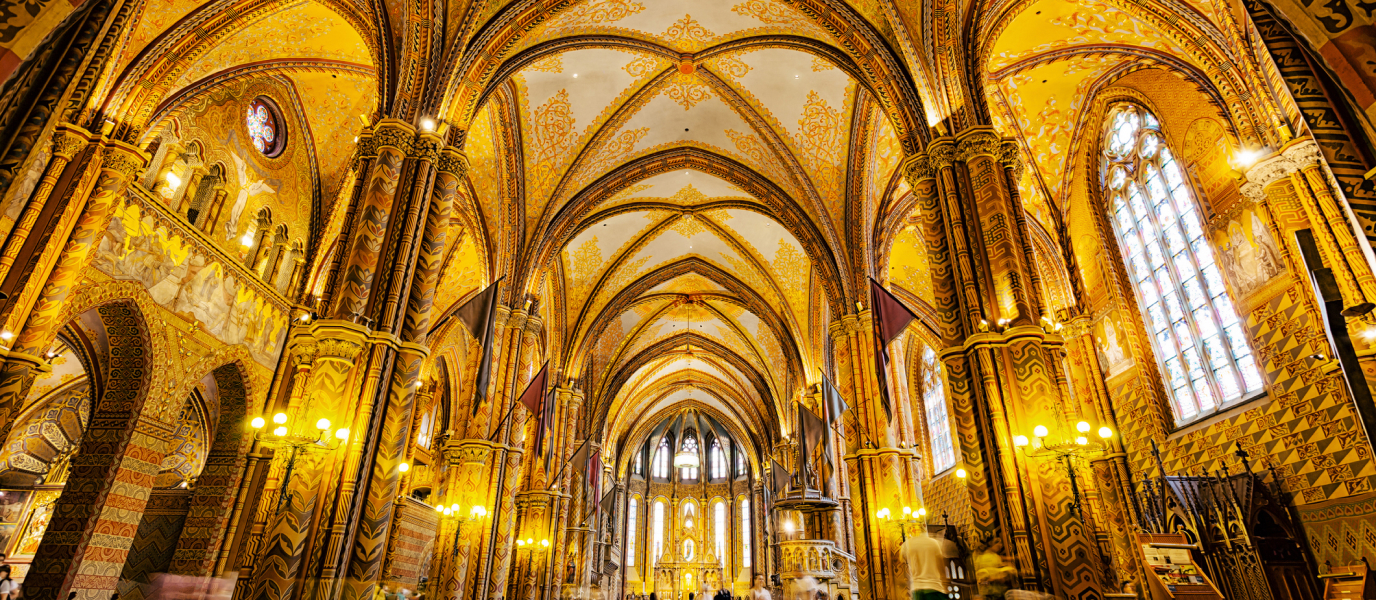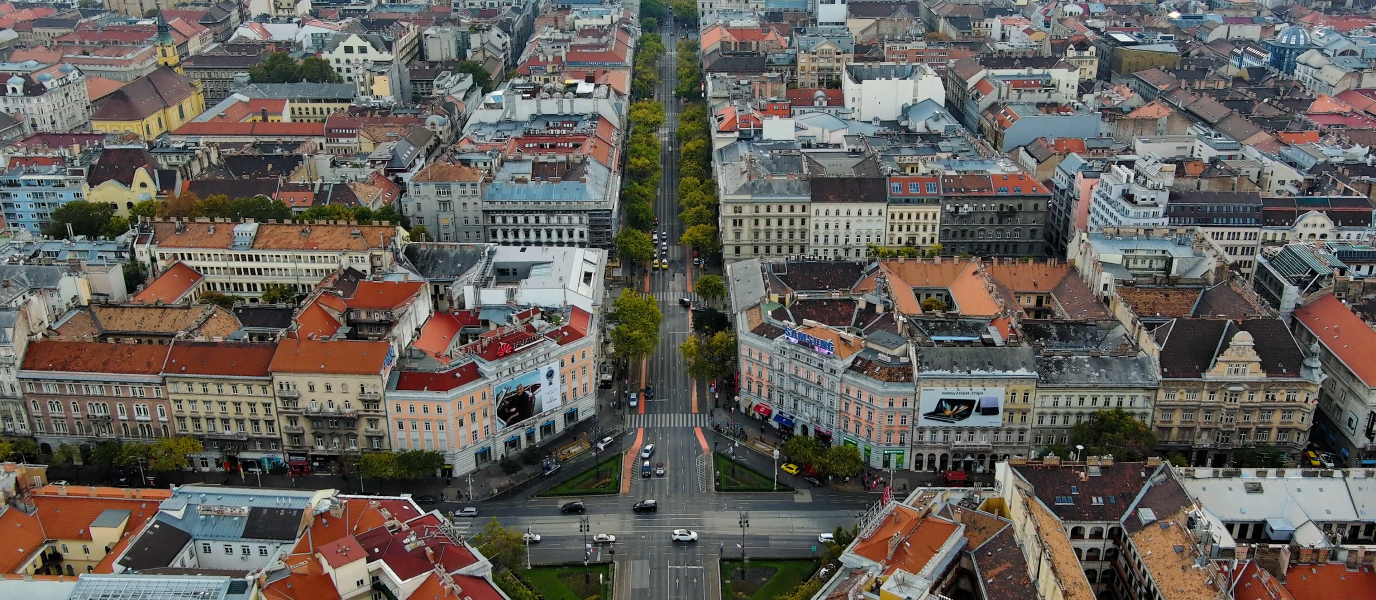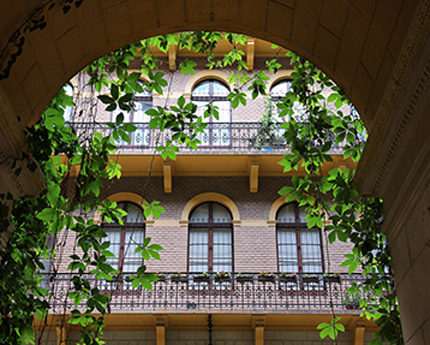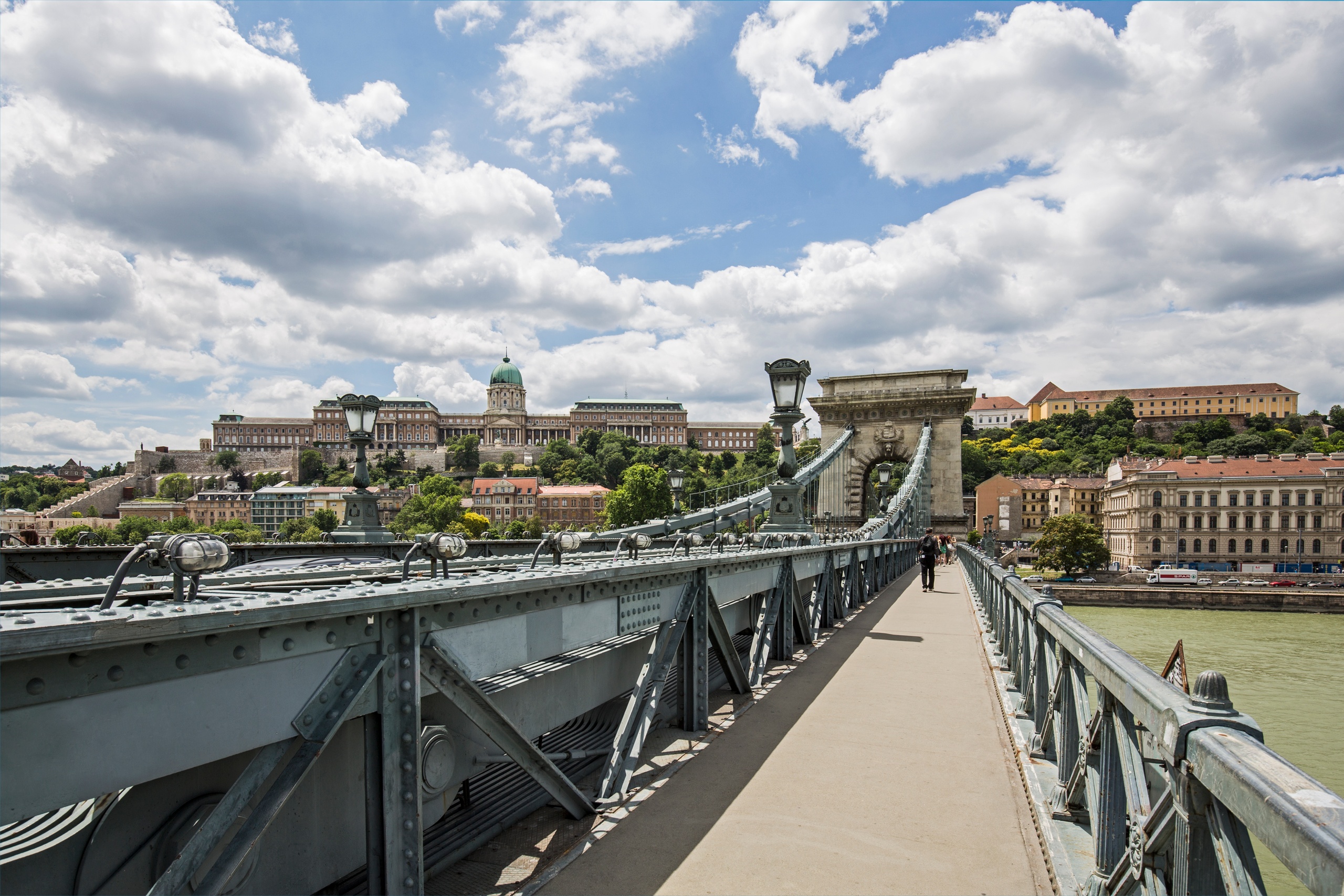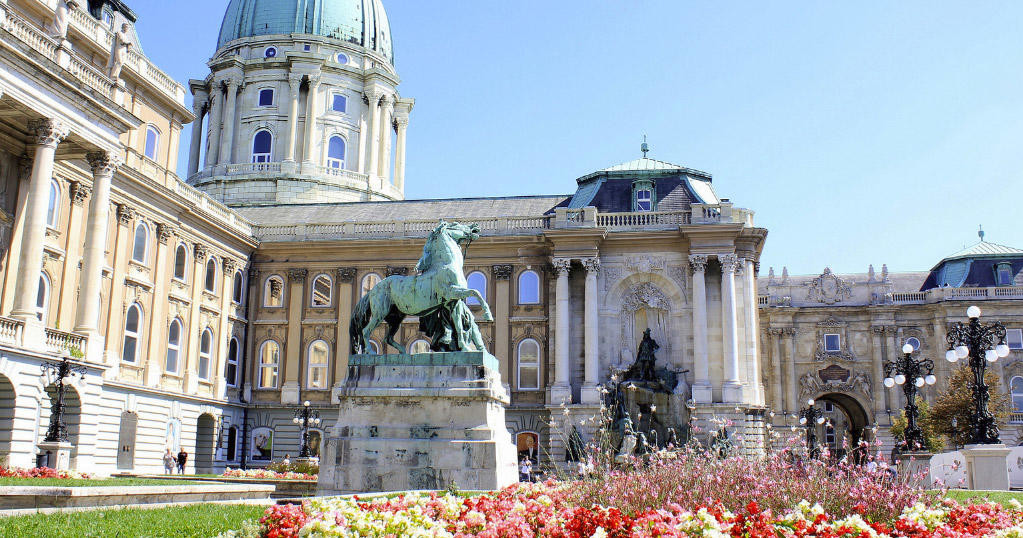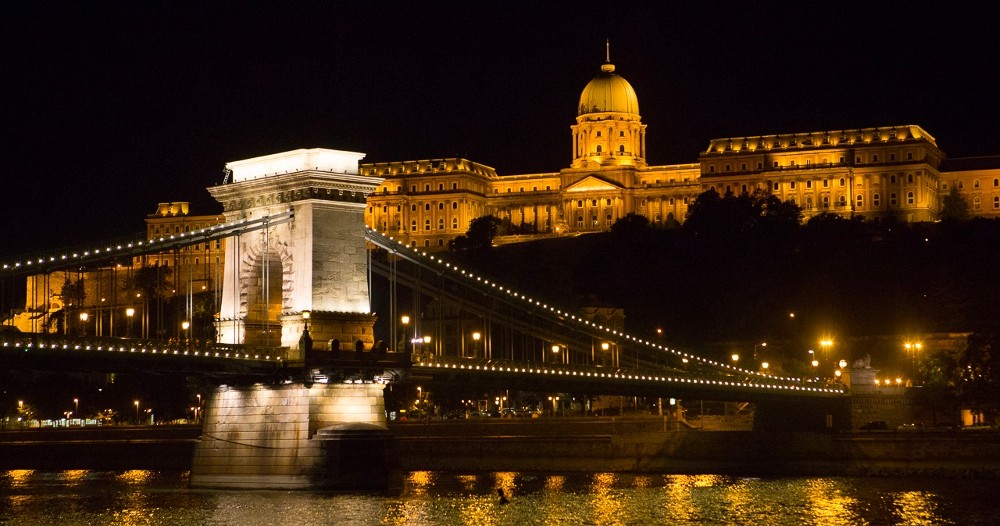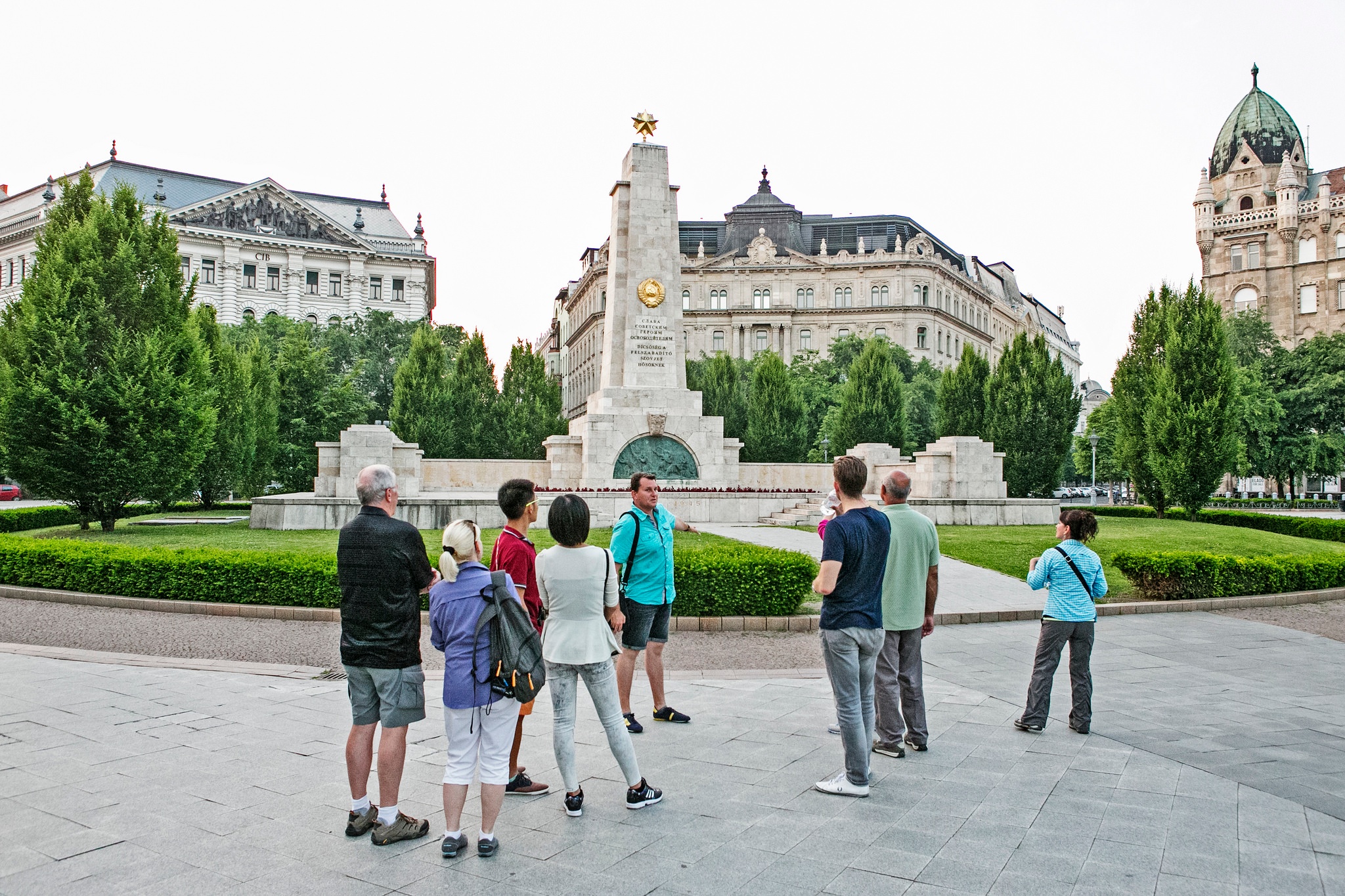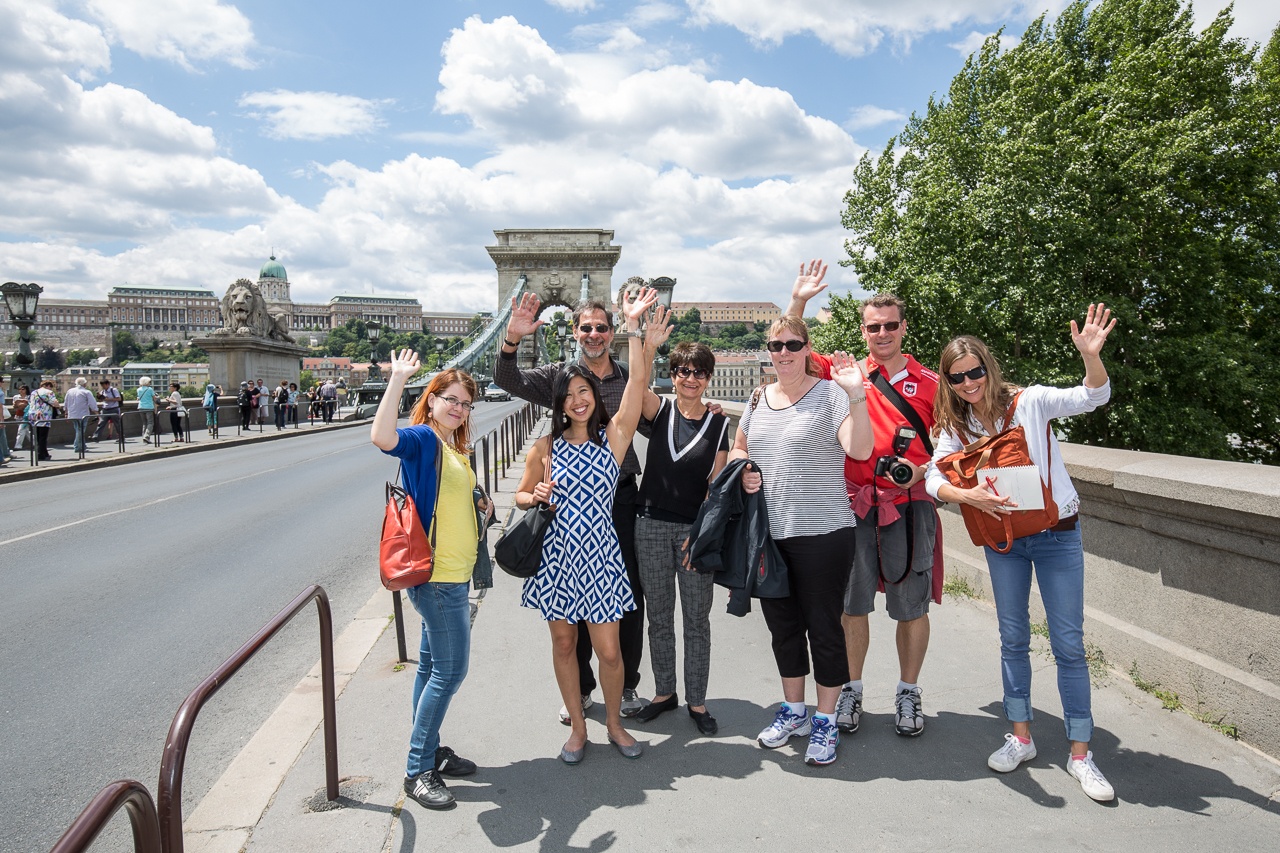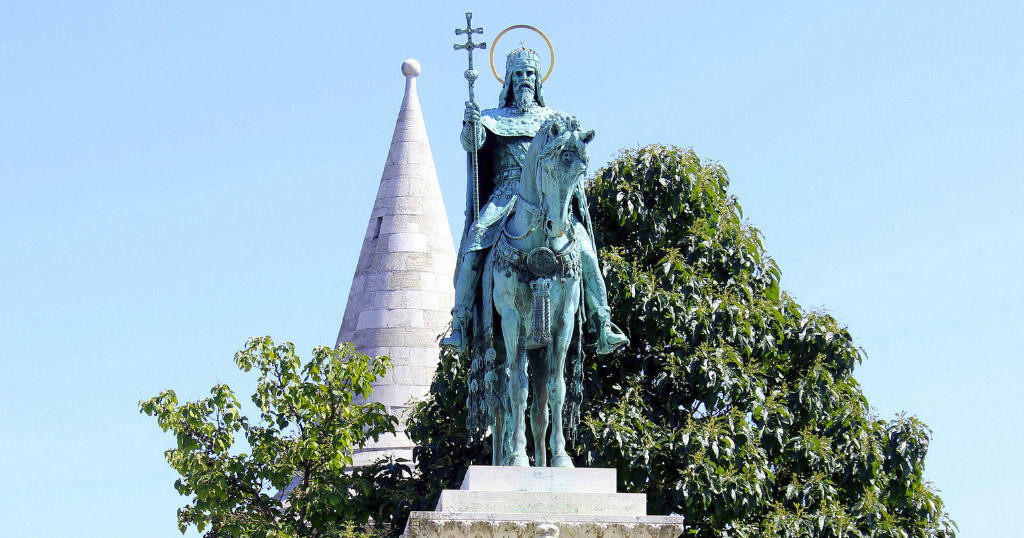There is no doubt that Budapest is one of Europe’s prettiest cities. Its rich past has brought it to the present day with the impressive historical legacy of a land on which many cultures have left their mark. We want you to discover the main treasures of Budapest. Keep reading!
Budapest consists of two cities, Buda and Pest, separated and at the same time unified by one of Europe’s great rivers, the Danube. A city whose ground has been trodden by Hungarians, Austro-Hungarians, Nazis and Communists, and which boasts renowned thermal baths.
Below, you can find out what to visit in Budapest.
Széchenyi baths
In Budapest, as in Hungary as a whole, thermal baths are a tradition and thus form part of the culture. In the country’s capital, one essential visit is to the Széchenyi thermal baths, the biggest baths in Europe with a total of 15 swimming pools. To bathe in the outdoor pool surrounded by historic, neo-Baroque buildings dating from 1913 is an experience that no one should miss on a visit to Budapest.
-
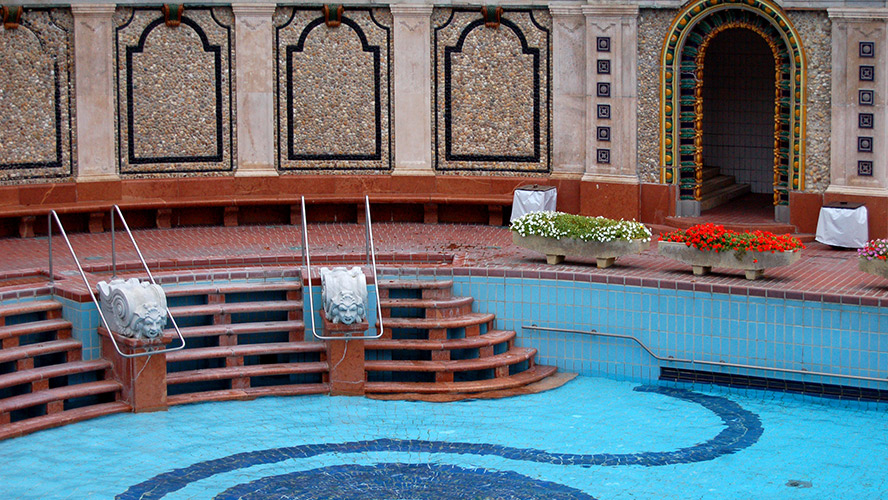
Széchenyi baths
Buda Castle
Budapest was formed by the unification of the two cities that occupy the banks of the Danube: Buda and Pest. On the Buda side stands Buda Castle, once a residence of the Hungarian royal family, but now home to various museums — still one of Budapest’s essential visitor attractions.
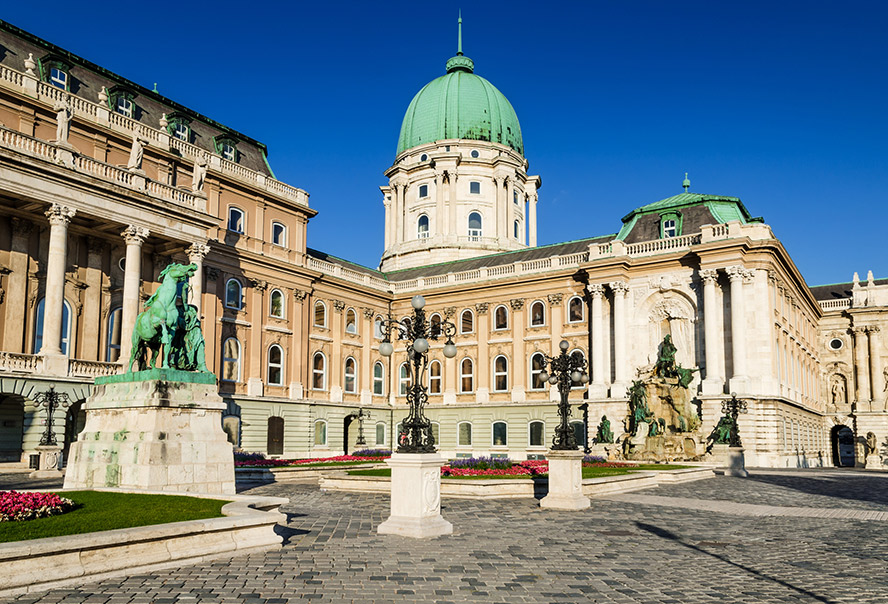
Fisherman’s Bastion
Another of the city’s highlights is in the same neighbourhood as Buda Castle. The Fisherman’s Bastion built in the late nineteenth century is a beautiful viewing point over the Danube and the city of Pest. It is named in honour of the fishermen who defended this area in the Middle Ages.
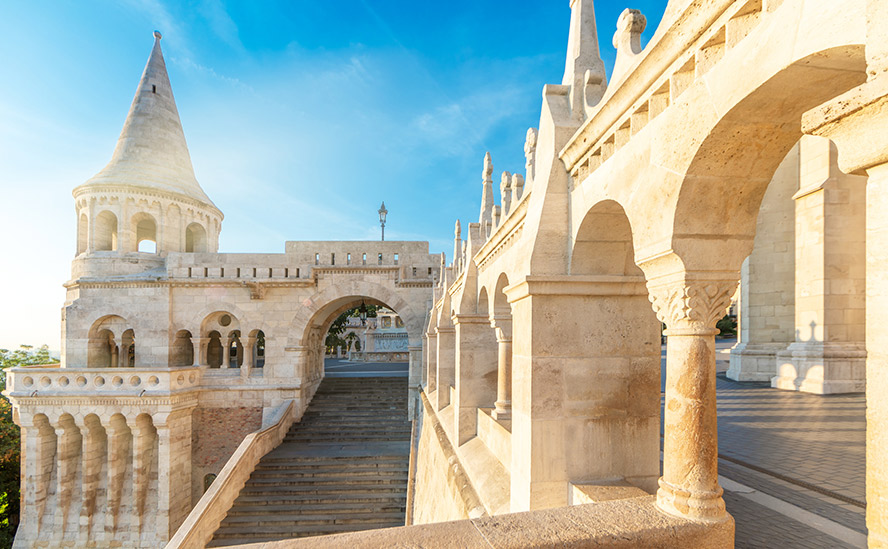
Hungary’s Parliament
Right opposite the Fisherman’s Bastion, on the bank occupied by Pest, is the city’s most famous building, Hungary’s Parliament. Built between 1885 and 1904, it is the second-biggest parliament building in the world, and another virtually essential visit. Its appearance is most impressive, as it is built in an ornate neo-Gothic style, and crowned by a great central cupola. Inside are 691 rooms, many adorned by marble and gold.
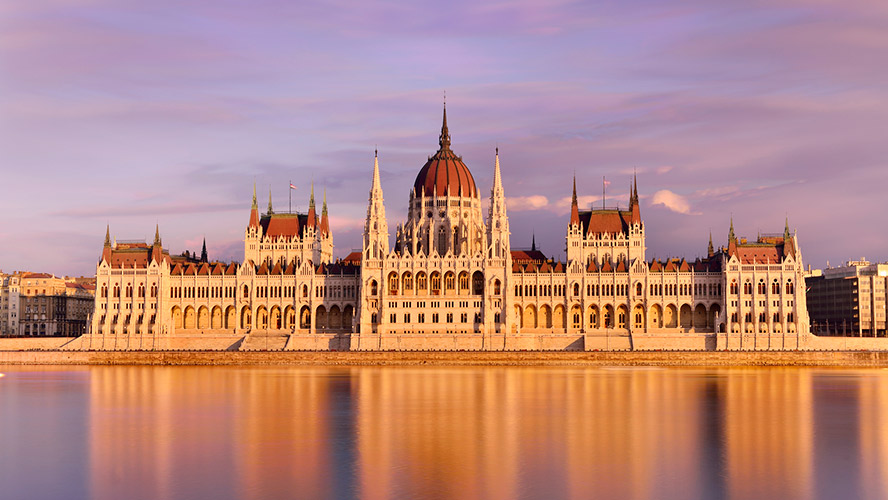
Gellert Baths
Close to the Széchenyi baths, the Gellert thermal baths are similarly well known. They were constructed between 1912 and 1918; there are 8 thermal baths and another three outdoor swimming pools. But the central thermal bath is without question iconic. To bathe here, surrounded by Art Nouveau décor,
St. Stephen’s Basilica
St. Stephen’s Cathedral Basilica is one of the great monuments on the Pest side of the city. It dates from the second half of the nineteenth century, and is built in a neo-Classical style. It houses the relic of the Holy Right Hand, the mummified hand of Stephen I, first King of Hungary.
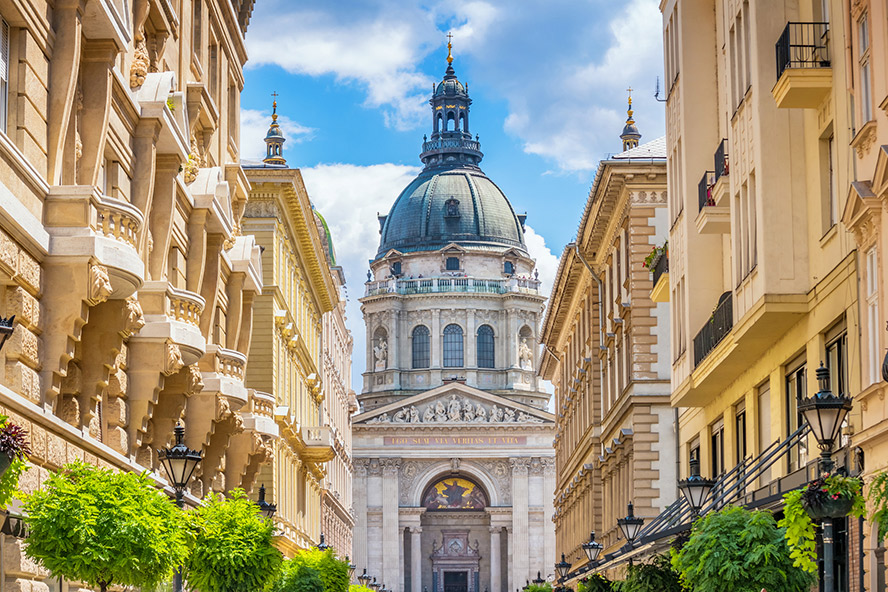
Budapest Opera House
Budapest Opera, or the National Opera of Hungary, is one of the capital city’s most famous buildings. Built in a neo-Renaissance style in the late nineteenth century, its interior aesthetic is truly fascinating, as it was designed to compete with the opera houses of Paris and Vienna.
Memento Park
In the south of the city lies Memento Park, an odd park with statues from the Communist period, which were once scattered around the city. Although the majority of these were destroyed, some were preserved and transferred here. You can see statues of Lenin, Marx and Engels, Stalin’s strange boots, and the monument to the International Brigades that fought in the Spanish Civil War.
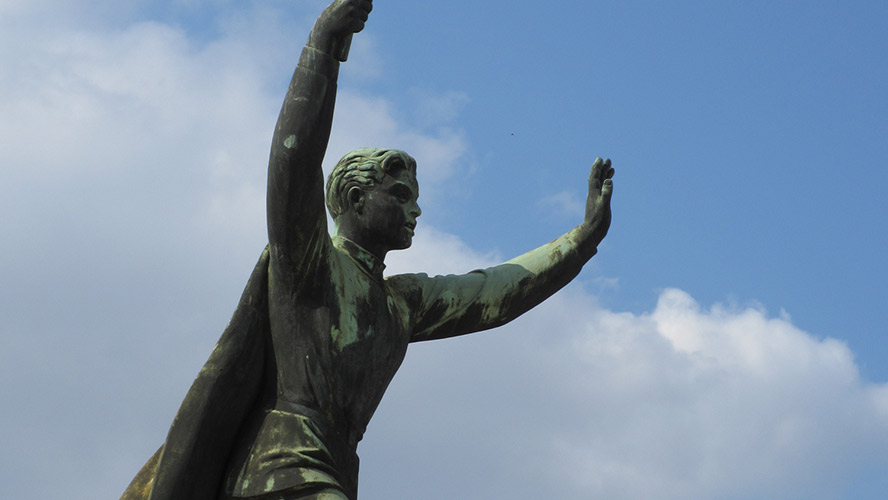
Budapest Central Market
Another not-to-be-missed visit is to Budapest’s Central Market. This lovely, late-nineteenth-century building still provides food for the inhabitants of Hungary’s capital. On its three floors can be found all kinds of products, and there are stalls where you can eat too.
Heroes’ Square
The emblematic Heroes’ Square is a symbol of Budapest. This great esplanade that lies in front of the Fine Arts Museum has a group of sculptures consisting of two semicircular colonnades and a central column crowned by a statue of St. Gabriel. Beneath it stand the statues of the leaders of the seven tribes of Hungary, on horseback.
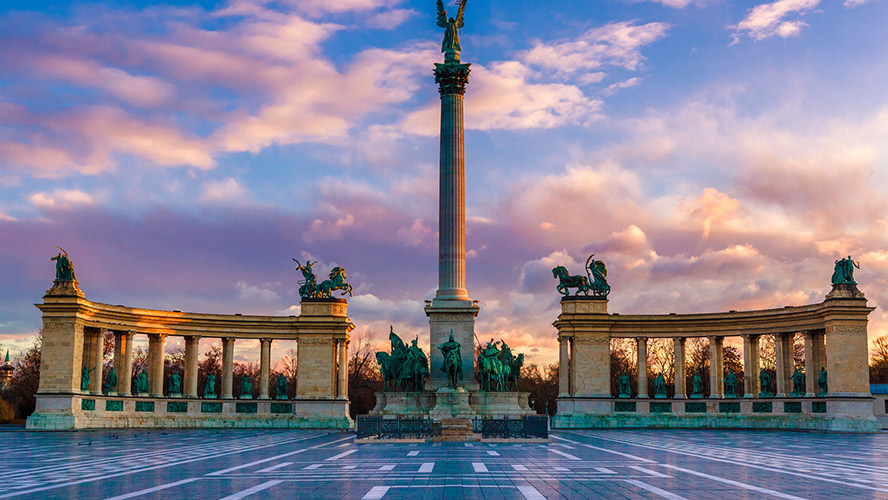
Church of St. Matthias
The church of St. Matthias is Budapest’s most important Catholic church. It stands in the same district as the Castle, and is a masterpiece of Hungarian Gothic architecture. It dates back to the thirteenth century, although it was rebuilt during the nineteenth century. It has been the setting for several royal weddings, the last being that of Charles IV and Zita in 1916.
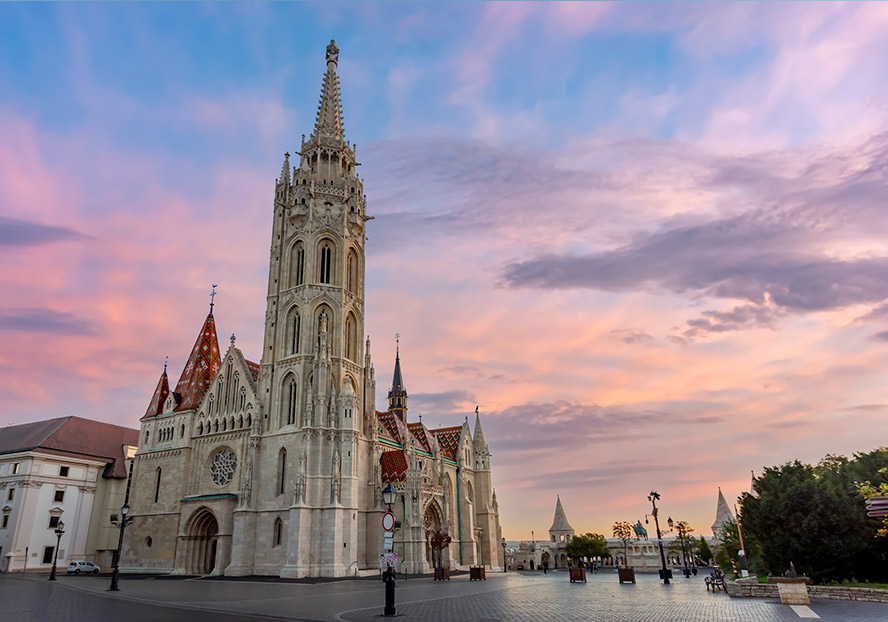
Andrassy Avenue
Historic, sophisticated and exclusive are the three adjectives that best describe Andrassy Avenue. This long artery that divides Pest is one of the city’s main thoroughfares, connecting Elizabeth Square with Varosliget Park. Built in 1872, the houses and palaces include the Opera and several private dwellings, and have beautiful façades. Today, it forms part of a World Heritage Site, and is dotted with luxury shops.
Varosliget Park
The City Park, or Varosliget Park, is Budapest’s main green space, and a favourite recreation spot for its inhabitants. It is considered one of the best public parks in the world. It is home to treasures such as the Széchenyi thermal baths and Vajdahunyad Castle, built for the 1986 Expo.
Liberty Bridge
Liberty Bridge is a symbol of the passage of the Danube through Budapest. Built between 1894 and 1896 as the city’s fourth bridge, it measures 333 metres in length. It was destroyed by Nazi forces during the Second World War.
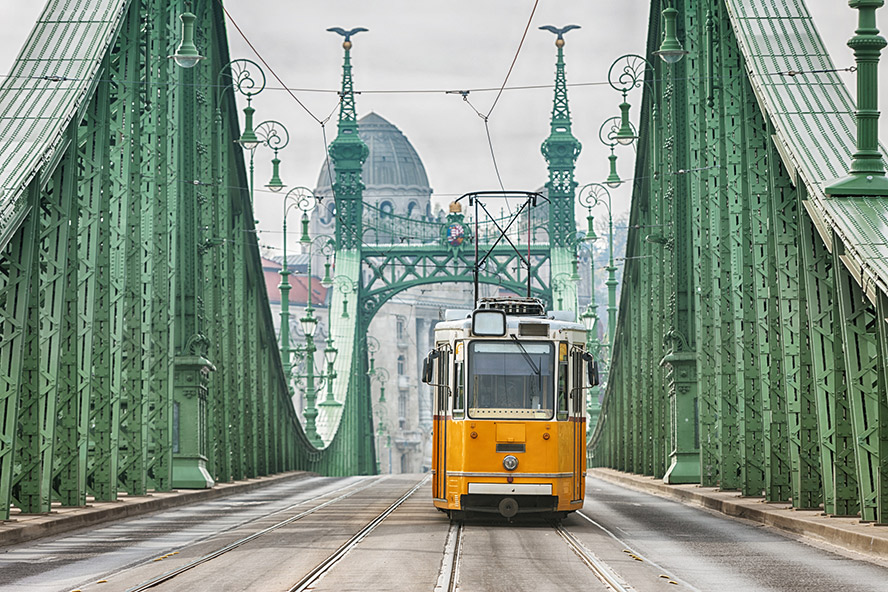
Lake Balaton
Lake Balaton is Hungary’s biggest lake. It lies in the west of the country, near the border with Croatia and Slovenia. It is a popular spot with tourists, as a range of water sports are available here, including sailing, fishing, or simply bathing from one of its beaches. It makes a good excursion from Budapest — a journey of about an hour and a half.
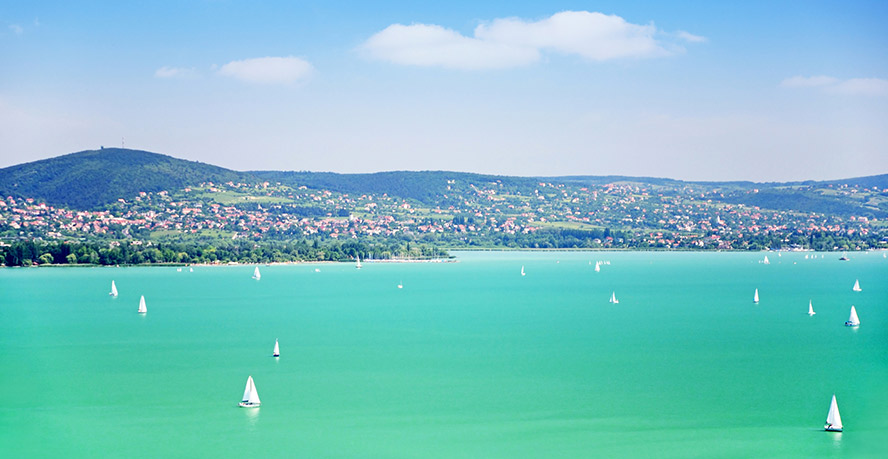
Szentendre
Another enjoyable excursion from Budapest is to Szentendre, a town on the outskirts of the capital. It is noted for its colourful houses and its pleasant historic quarter.
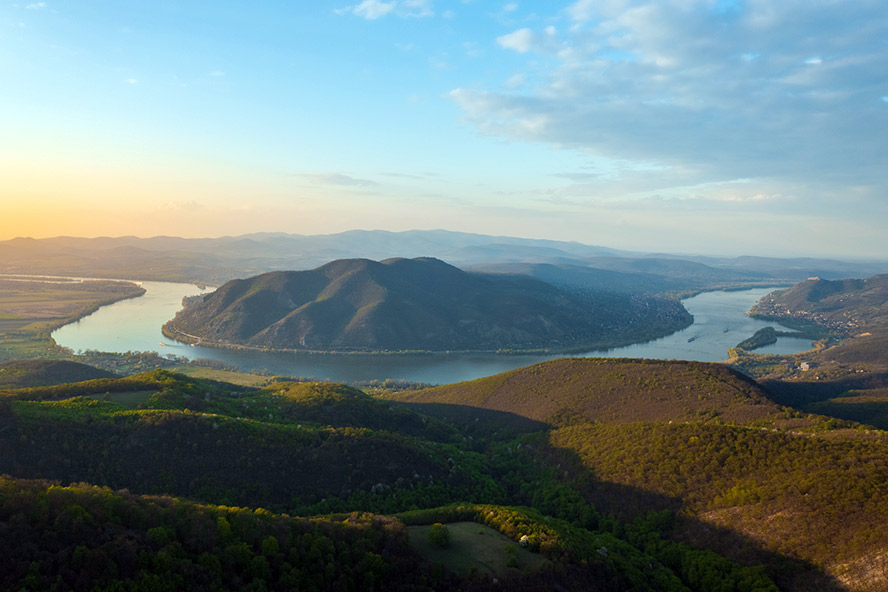
Esztergom
A little further away than Szentendre is Esztergom, a small city at the foot of the Danube, known for its basilica, Hungary’s largest church. It also has a ruined castle.
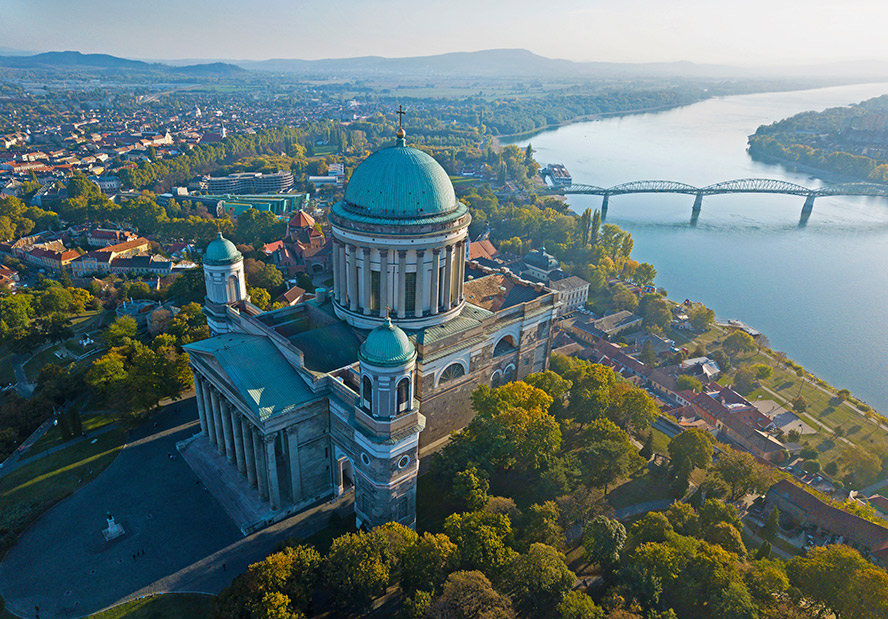
Visegrad
Another town on the banks of the Danube is Visegrad, renowned for its medieval citadel which stands on a mountain peak, and for the ruins’ of Matthias Corvinus’s summer palace. You can travel to Visegrad by boat from Budapest.
Where to eat in Budapest
Although we could offer endless recommendations for places to eat in Budapest, here are a few suggestions:
- Kisharang Étkezde: if you’re keen to try genuine Hungarian cooking, prepared by experts and at an unbeatable price, try this tiny eatery very close to St. Stephen’s Basilica. But bear in mind, it has no more than four or five tables.
- Kívansag Étkezde: another little restaurant offering home-cooked food. A 1980s-style establishment serving traditional fare. An essential visit in Budapest.
- VakVarjú: another restaurant with an attractive and original décor, serving delicious Hungarian food; rather more expensive, but still good value for money. Central location, very near St. Stephen’s Basilica. It has a children’s play area, and live piano playing.




































































